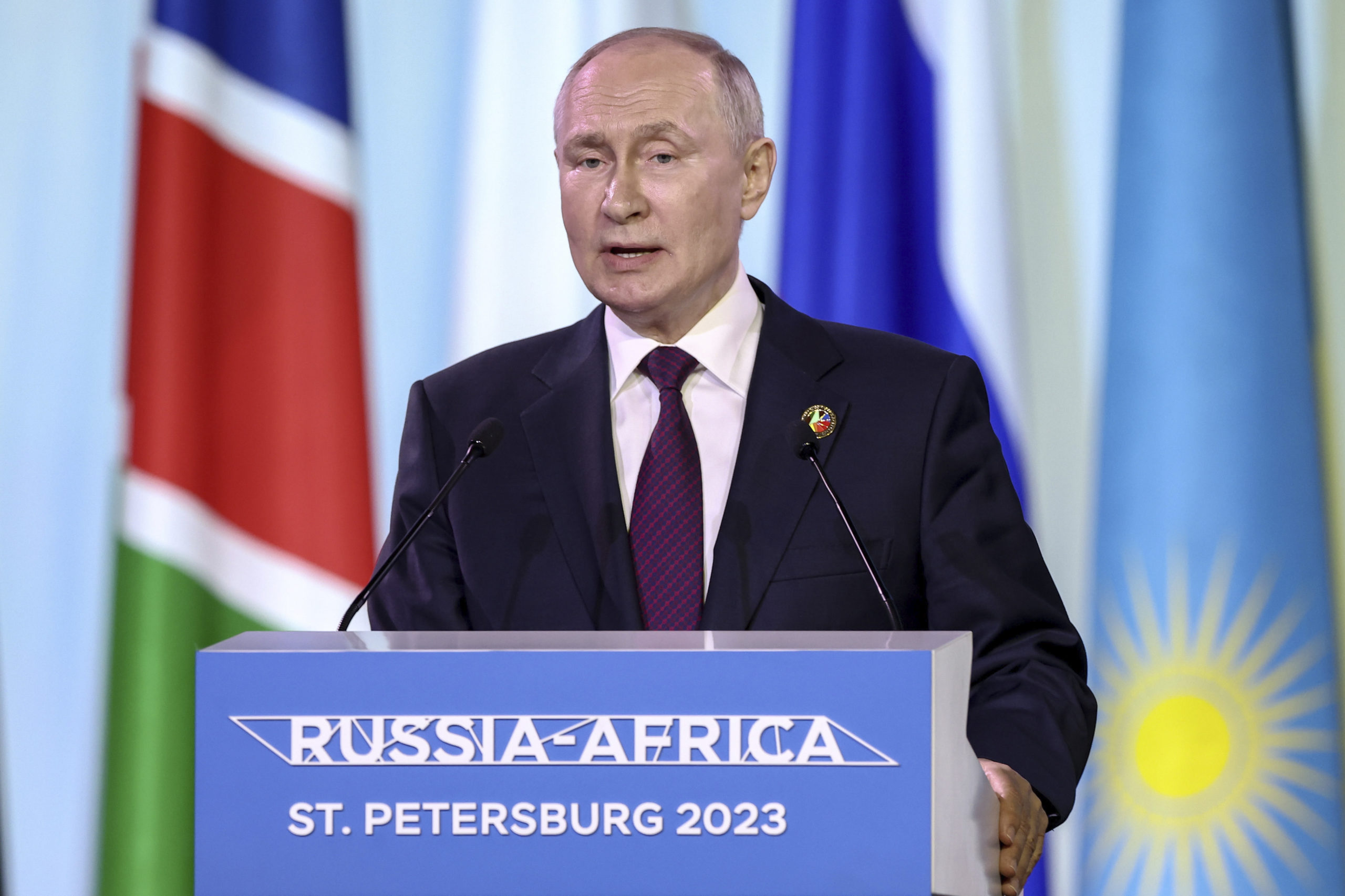SEMAFOR
Africans applying to study in the United States face higher rates of visa refusal than people from other regions, a report based on data from the U.S. government, UN and World Bank said.
The report looked at U.S. visa refusals for applications from every continent and showed that the rate of refusal increased to more than one in two (54%) in 2022 for African students from 44% in 2015. By contrast, refusal rates were constantly under 10% in Europe and mostly under 35% elsewhere.
Southern Africa, where the average refusal rate for the period reviewed is 12%, is the exception within the continent. In 2022, African students from that region had lower U.S. visa refusal rates than South American or Asian students.
But very high refusals for West African students place Africa atop the overall chart. Last year, seven in 10 applicants for a U.S. student visa from West Africa were refused. The data was published by U.S. higher education research company Shorelight and the non-profit Presidents’ Alliance group.
KNOW MORE
International student enrolment in the U.S. has shot up 72% since the turn of the century. There were almost 1.1 million such students as of the 2019/20 academic year. Most foreign students in the U.S. are from China (35%), India (18%), and South Korea (4%). Nigerians are sub-Saharan Africa’s major representatives with 1%, or about 12,860 students.
At the same time, student visa refusals have been increasing in most places, except Australia, China, Brazil, South Africa and parts of Europe according to Shorelight. In South America, the refusal rate has more than doubled from under 10% during the Barack Obama administration. Among other reasons, refusals seem to be increasing because consular officers have stepped up scrutiny of prospective students’ financial documents and post-graduation plans, and reduced staff capacity at U.S. consulates, the report suggests.


